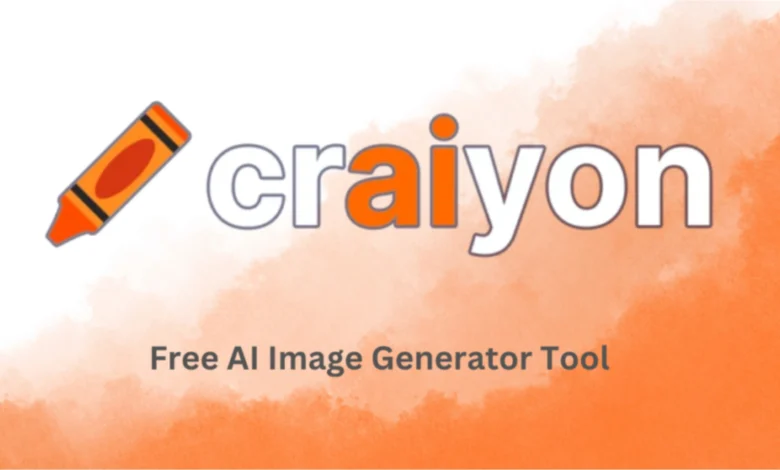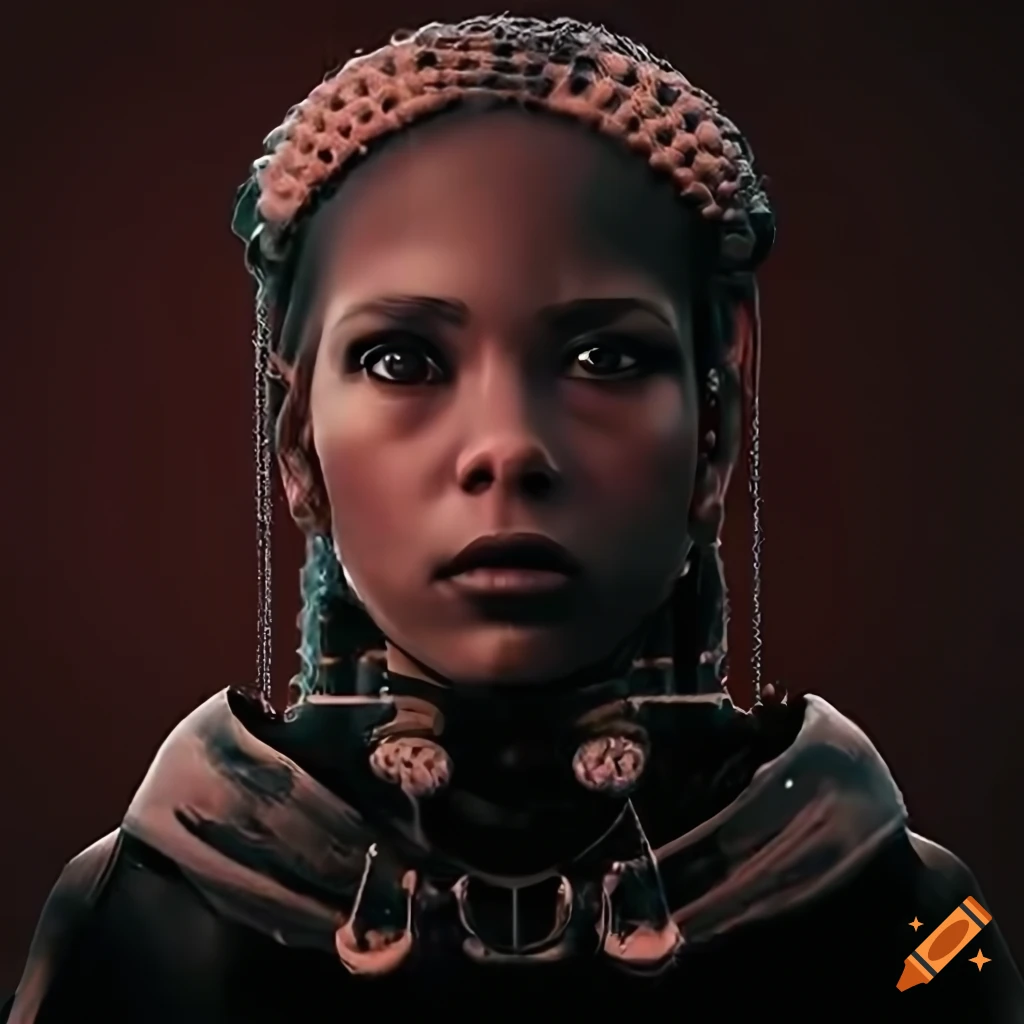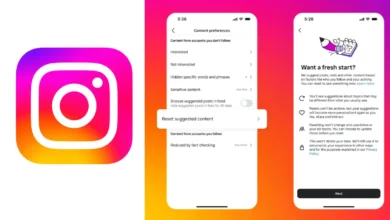Craiyon: The AI Art Generator That Redefined Creative Expression

Introduction: The Dawn of a New Artistic Era
Craiyon Art, once confined to brushes, canvases, and human imagination, has now found a new collaborator — artificial intelligence. In a world driven by digital innovation, Craiyon, formerly known as DALL·E Mini, stands out as one of the most fascinating examples of human creativity merging with machine learning. What began as a playful experiment in AI image generation has evolved into a powerful, accessible tool for anyone who wants to turn imagination into imagery within seconds.
Craiyon isn’t just another AI art platform — it’s an open doorway into a realm where creativity meets computation. It captures that strange and wonderful space where neural networks attempt to dream the way humans do. Whether you’re an artist, a meme lover, or someone simply curious about AI’s potential, It’s charm lies in its simplicity and unpredictability.
What sets Craiyon apart isn’t just what it can create — it’s how it allows users to engage with creativity itself. It invites everyone, regardless of skill level, to explore an endless playground of visual possibilities. And in doing so, it challenges long-standing notions of what it means to “create art.”
Understanding Craiyon: The Technology Behind the Magic

At its core, Craiyon is powered by a deep learning model trained on vast amounts of image–text data. Its foundation is similar to that of more advanced AI models like OpenAI’s DALL·E, but it’s distinctively open and playful in its execution. The model learns to connect language and imagery — to “understand” a written prompt and visualize it as an image that best represents the text.
This process, while it may sound simple, is incredibly complex. The neural network analyzes patterns, colors, objects, and even abstract ideas from countless images and descriptions during training. Over time, it builds an associative understanding — if you type “a panda riding a skateboard in Times Square,” draws on its learned knowledge of pandas, skateboards, and urban landscapes to generate something entirely new and sometimes delightfully bizarre.
What makes Craiyon’s output fascinating is its imperfection. The results aren’t always hyper-realistic or perfectly proportioned. Sometimes they’re surreal, sometimes abstract, and occasionally hauntingly beautiful. But therein lies the magic — it reflects how machines interpret human imagination, not how they replicate it.
Craiyon’s accessible web interface further democratizes creativity. There’s no need for expensive hardware or technical know-how; a few words and a few seconds are all it takes to bring a mental image to life. This simplicity hides an incredibly sophisticated process beneath the surface — one that blurs the boundary between art and algorithm.
From DALL·E Mini to Craiyon: A Journey of Transformation
The evolution from DALL·E Mini to Craiyon is not just a rebranding story; it’s a reflection of how open AI projects grow, adapt, and find their identity. DALL·E Mini began as a community-driven experiment inspired by OpenAI’s groundbreaking DALL·E model, but its creators sought to make it accessible to everyone. When the project gained massive popularity online — especially through viral social media memes — it became clear that it needed its own identity. Thus, Craiyon was born.
The name “Craiyon” itself is a clever nod to the tool’s purpose. Like a crayon in the hands of a child, it encourages unrestrained creativity — playful, spontaneous, and full of curiosity. The rebranding marked not just a name change, but a deeper vision: to make AI art accessible, ethical, and endlessly fun for all.
Craiyon’s journey also symbolizes the spirit of open-source innovation. While many AI tools are locked behind corporate walls, Craiyon remained a free and experimental platform, allowing anyone to participate in the AI art revolution. It became a cultural phenomenon, not because it was perfect, but because it was approachable. People loved its quirky imperfections — the strange faces, the dreamlike distortions — and in them, they found a new kind of beauty.
Why Craiyon Matters: Democratizing Creativity
Craiyon’s biggest achievement lies in how it has democratized creativity. In a world where artistic expression often requires years of training or expensive tools, Craiyon made art generation as simple as typing a thought. It gave everyone a brush — digital yet deeply human — to paint their imagination onto a virtual canvas.
For artists, it became a source of inspiration. Many professionals began using Craiyon as a creative partner, generating visual prompts or concept art to ignite new ideas. For non-artists, it became a playground — a space where one could explore wild ideas without fear of failure or judgment. The ability to instantly visualize a surreal thought — like “a city floating inside a snow globe” — transformed the way people interact with creativity.
Craiyon also plays an educational role. Teachers and students use it to explore how AI understands symbolism, language, and abstract thought. It sparks conversations about machine intelligence and its relationship to human imagination. And beyond education, it’s become a cultural artifact — a mirror reflecting how humanity’s artistic impulses evolve in the digital age.
In essence, Craiyon is more than an AI model. It’s a reminder that creativity doesn’t belong to a privileged few — it belongs to everyone willing to imagine.
The Artistic Aesthetic: Imperfect, Surreal, and Beautifully Strange
There’s something deeply fascinating about Craiyon’s style. Its images often feel like dreams caught between clarity and confusion — surreal landscapes, distorted faces, and whimsical compositions that feel both familiar and alien. This unpolished aesthetic has become its signature.
In a world increasingly obsessed with realism and perfection, Craiyon’s “flaws” feel refreshing. They remind us that creativity isn’t about precision — it’s about expression. The AI’s odd choices of shape or proportion often lead to unexpectedly artistic results, resembling the works of surrealists like Salvador Dalí or Max Ernst.
This rawness also invites interpretation. Users often project their own meanings onto Craiyon’s images, turning them into personal symbols. A distorted face might feel eerie to one person and poetic to another. A chaotic landscape could represent disorder or imaginative freedom. In this way, Craiyon not only generates images — it generates dialogue.
Ultimately, Craiyon’s charm lies in its unpredictability. Every prompt is a surprise, and every image feels like a collaboration between human imagination and machine interpretation. It’s the art of the unexpected — a fusion of logic and wonder.
The Future of Craiyon and AI Art
As AI technology advances, Craiyon stands as both a pioneer and a promise. It represents the early stages of what creative AI can achieve — and how it can evolve. Future iterations of Craiyon are likely to produce sharper, more realistic results, but one hopes they’ll retain that distinctive surreal essence that made it special.
The broader implication is profound: AI art tools like Craiyon are redefining what it means to be creative in the 21st century. The line between creator and collaborator is blurring. AI is not replacing artists — it’s expanding the possibilities of what art can be.
As the world continues to explore the ethical and philosophical dimensions of AI-generated art — questions of ownership, originality, and authenticity — Craiyon remains a symbol of playful exploration. It reminds us that creativity, at its heart, is about curiosity and experimentation. And AI, in its current state, is the perfect partner for that kind of exploration.
The future of Craiyon might involve deeper personalization, integration with other creative tools, and even more advanced image synthesis. But one thing will remain unchanged: its mission to keep creativity open, inclusive, and delightfully unpredictable.
Conclusion: A Brush of Code, a Canvas of Imagination
Craiyon is more than an AI toy — it’s a testament to human ingenuity. It encapsulates the joy of discovery, the beauty of imperfection, and the limitless potential of imagination. By transforming words into visual art, it invites everyone to play, to create, and to see their thoughts take form in ways that were once impossible.
In many ways, Craiyon has become a bridge — connecting the analytical mind of machines with the emotional world of human creativity. It celebrates that intersection where logic meets art, and where pixels tell stories that words alone cannot.
The future of art is not about replacing the human touch but enhancing it. And Craiyon, with its whimsical style and open approach, stands proudly as one of the pioneers of this creative revolution. It reminds us that imagination, no matter where it comes from — human or machine — is still the most powerful force in art.



